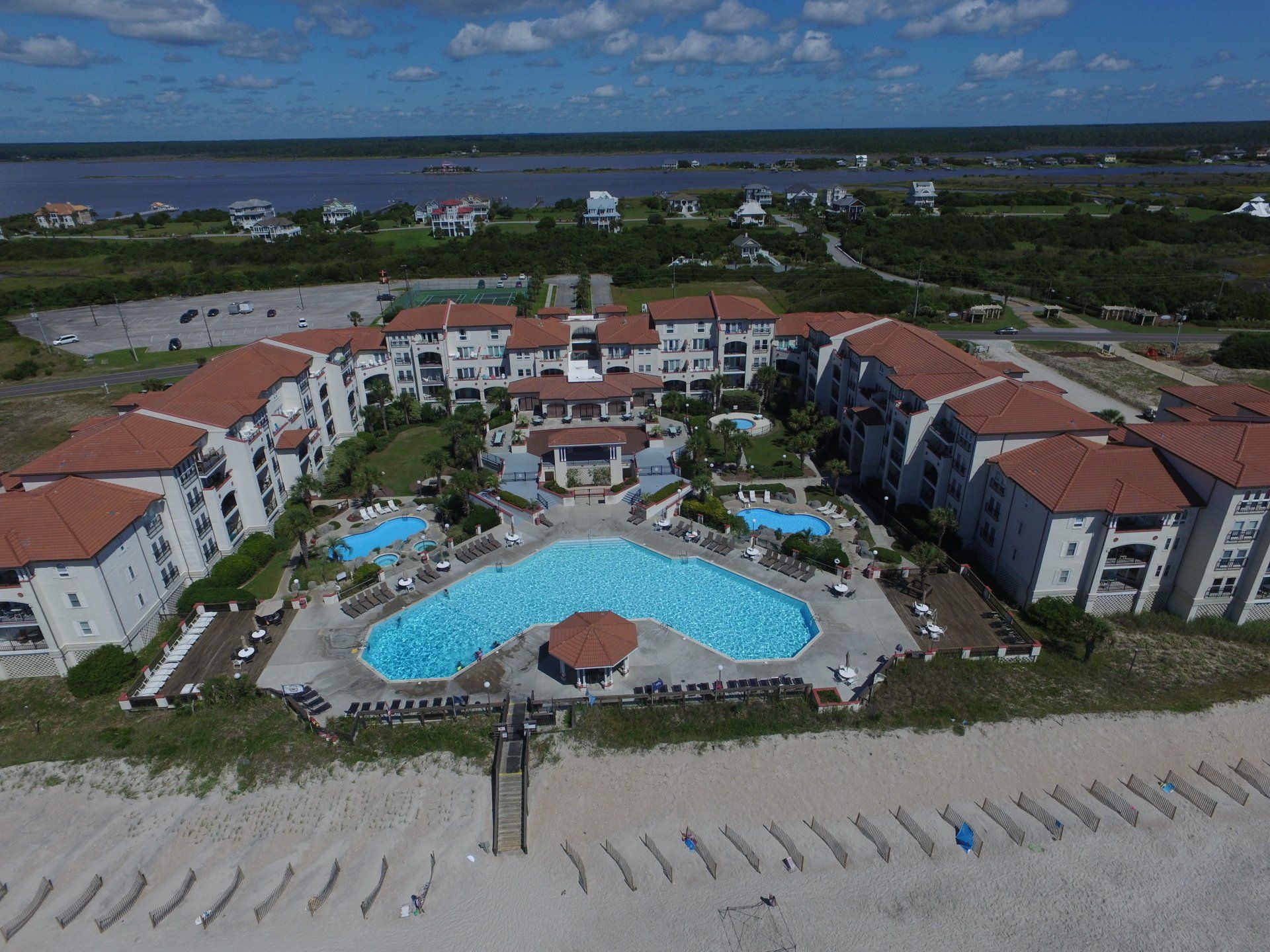Sand Dunes
Sand dunes are extremely delicate and sensitive to storms, and they serve as protection in the event of a tidal surge. Parents or guardians are responsible for keeping their children off the dunes. The state law against trespass on the dunes is strictly enforced by the Town of North Topsail Beach and violators are subject to a $500 fine. Walking on the dunes causes deterioration of beach grass and other vegetation that helps to trap and hold the sand in place. Although beach grass is a hardy plant, and is tolerant of high salinity conditions, direct sun, heat, lack of fertile soil, and a fluctuating water supply, it cannot survive being trampled by vehicle or man. As part of its resistance to salinity and drying conditions, the plant has developed a thick brittle stalk which snaps easily when trampled or driven upon. The passage of only one vehicle or a few people over the dune at the same point will kill a strip of grass. Without vegetation, the dune is exposed to wind erosion resulting in blowouts or breaches in the dunes. These breaches or low spots not only create a weak spot in the dune but become channels for floodwaters to move inland during storm events. As a result, inland areas become more vulnerable during coastal storms. Protecting dunes helps prevent loss of life and property during storms and protects the sand supply that slows shoreline erosion.
Sand dunes are extremely delicate and sensitive to storms, and they serve as protection in the event of a tidal surge. Parents or guardians are responsible for keeping their children off the dunes. The state law against trespass on the dunes is strictly enforced by the Town of North Topsail Beach and violators are subject to a $500 fine. Walking on the dunes causes deterioration of beach grass and other vegetation that helps to trap and hold the sand in place. Although beach grass is a hardy plant, and is tolerant of high salinity conditions, direct sun, heat, lack of fertile soil, and a fluctuating water supply, it cannot survive being trampled by vehicle or man. As part of its resistance to salinity and drying conditions, the plant has developed a thick brittle stalk which snaps easily when trampled or driven upon. The passage of only one vehicle or a few people over the dune at the same point will kill a strip of grass. Without vegetation, the dune is exposed to wind erosion resulting in blowouts or breaches in the dunes. These breaches or low spots not only create a weak spot in the dune but become channels for floodwaters to move inland during storm events. As a result, inland areas become more vulnerable during coastal storms. Protecting dunes helps prevent loss of life and property during storms and protects the sand supply that slows shoreline erosion.
MORE ARTICLES FROM...
Live, Vacation, Relax!



MORE ARTICLES FROM...
